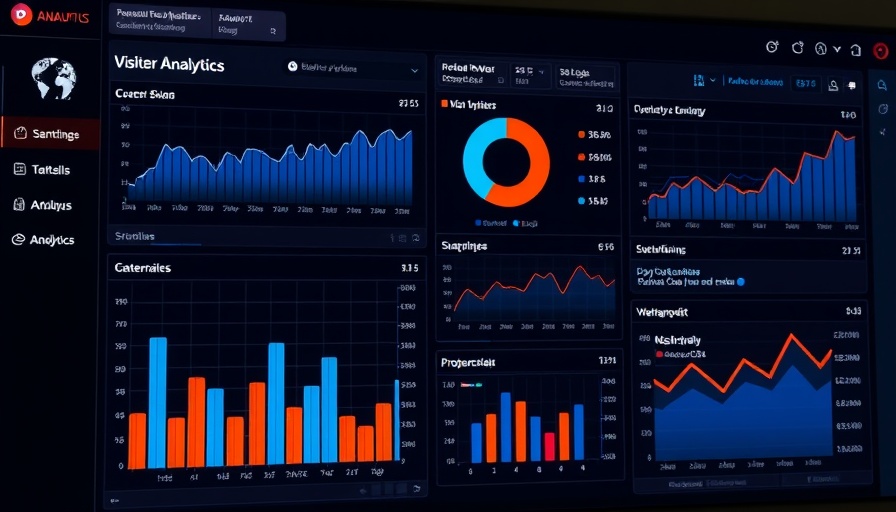
Unlocking the Power of Analytics with AnalyticsWP
In today's digital landscape, understanding website metrics is crucial for businesses striving for success. Whether you're a savvy marketer, an entrepreneur, or a business owner, leveraging tools to track your website's traffic and performance can provide valuable insights into user behavior and content effectiveness. Among the myriad of tools available, AnalyticsWP stands out as a WordPress plugin designed to simplify the analytics process while integrating seamlessly into your existing website.
The Importance of Web Analytics in Digital Marketing
Analytical monitoring plays a pivotal role in digital marketing strategies. Businesses that harness data through tools like AnalyticsWP gain the ability to pinpoint areas for improvement, optimize content strategies, and refine advertising efforts. With an increased focus on personalization in marketing experiences, insights derived from analytics help tailor content to customer preferences, ultimately fostering enhanced engagement.
Key Features of AnalyticsWP: Why It Matters
AnalyticsWP offers a suite of features that ensures accurate data reporting without overwhelming the user. Its user-friendly interface simplifies the tracking process while delivering in-depth reports that can be customized to meet specific marketing goals. From tracking visitor demographics to understanding site navigation patterns, this plugin provides actionable data critical for improving conversion rates.
Counterarguments: Is AnalyticsWP the Right Fit for You?
While AnalyticsWP presents numerous advantages, it’s crucial to consider potential drawbacks. Some users report concerns about plugin compatibility with other WordPress tools and the learning curve associated with extracting meaningful insights. Understanding whether the plugin aligns with your specific needs and resources is vital before implementing it.
Implementation: A Step-by-Step Guide to Maximizing AnalyticsWP
To ensure a smooth integration of AnalyticsWP into your WordPress site, start by following these steps:
1. Install the AnalyticsWP plugin from the WordPress plugin repository.
2. Configure the settings to align with your tracking goals and advertising strategies.
3. Regularly analyze performance metrics to inform content marketing strategies, SEO updates, and PPC advertising insights.
Future Trends in Analytics and Digital Marketing
The future of digital marketing is shifting towards a more data-driven approach. As AI becomes increasingly integrated into analytics tools, businesses will be able to automate insights and predict consumer behavior more effectively. This trend will necessitate marketers' continuous adaptation and learning to utilize these advanced tools effectively.
Making Informed Decisions with Data Insights
Ultimately, leveraging analytics effectively can transform your approach to marketing. By harnessing the insights provided by AnalyticsWP, businesses can make informed decisions about content creation, advertising spends, and overall strategies, thereby increasing their return on investment (ROI) in digital marketing campaigns. Insights gained from visitor data allow for a granular understanding of target audience behavior and preferences, informing future strategies.
In conclusion, AnalyticsWP serves as a powerful ally for professionals looking to deepen their understanding of site traffic and optimize their marketing efforts. As the digital landscape evolves, adopting advanced analytics tools will become increasingly essential for competitive advantage, allowing businesses to not only track metrics but also adapt and innovate in real-time.
For those interested in maximizing their online presence and engaging customers effectively, understanding how to implement tools like AnalyticsWP could be the key to unlocking untapped potential. Take the time to explore its features and consider the data at your fingertips; it may redefine your approach to marketing.
 Add Row
Add Row  Add
Add 




Write A Comment